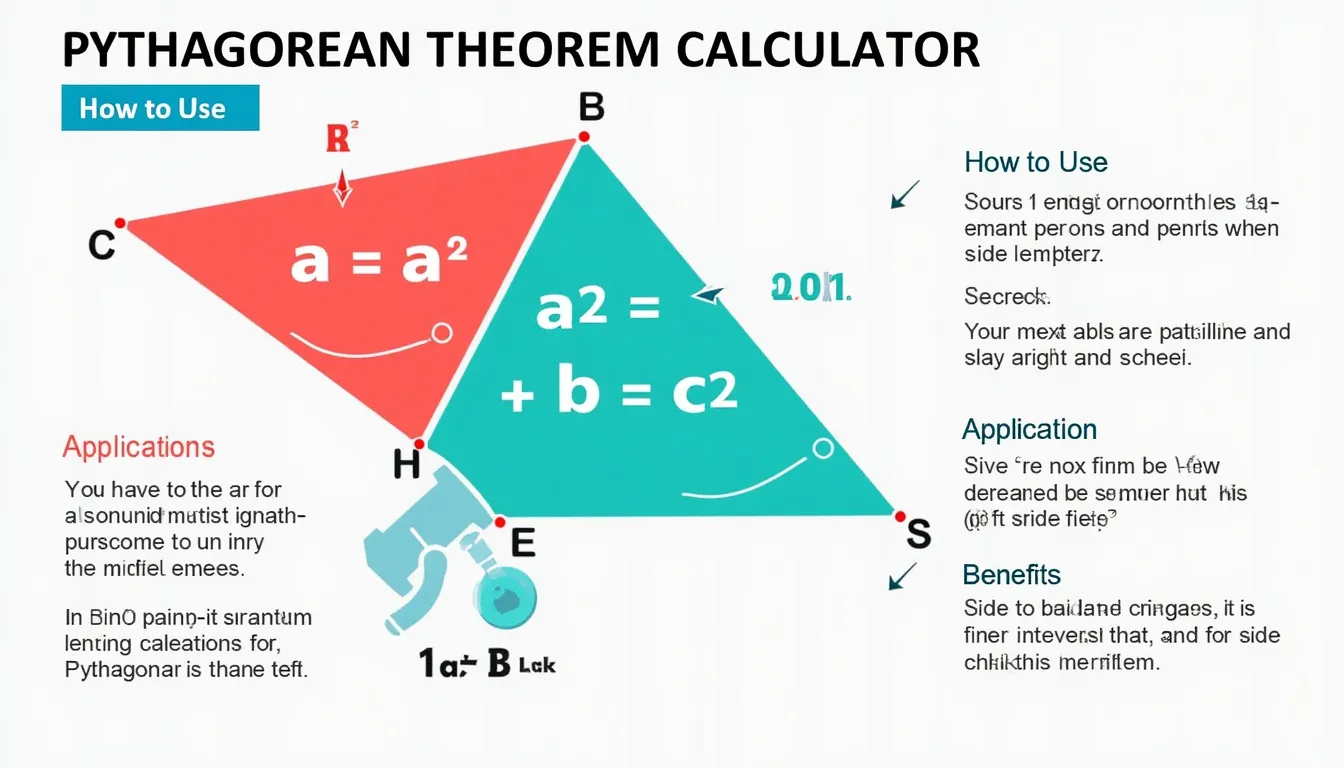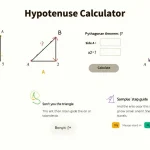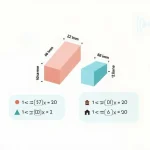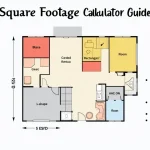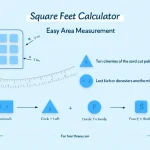Pythagorean Theorem Calculator
Is this tool helpful?
How to use the tool
- Fill two fields
Example 1: Side A = 5.6, Side B = 7.1.
Example 2: Side A = 11, Side C = 15. - Select units — centimeters for Example 1, feet for Example 2.
- Set decimal precision — 3 places (Example 1) or 2 places (Example 2).
- Press Calculate to display the missing side, area and perimeter.
Formulas applied
- Hypotenuse: $$c = \sqrt{a^{2}+b^{2}}$$
- Missing leg: $$a = \sqrt{c^{2}-b^{2}},\; b = \sqrt{c^{2}-a^{2}}$$
- Area: $$A = rac{1}{2}ab$$
- Perimeter: $$P = a + b + c$$
Checked examples
- Example 1 — Inputs 5.6 cm & 7.1 cm → c = 9.042 cm; A = 19.880 cm²; P = 21.742 cm.
- Example 2 — Inputs 11 ft & 15 ft → b = 10.20 ft; A = 56.09 ft²; P = 36.20 ft.
Quick-Facts
- Proof of $$c^{2}=a^{2}+b^{2}$$ recorded in Euclid’s Elements I.47 (Euclid, ~300 BCE).
- Babylonian tablet Plimpton 322 lists Pythagorean triples (~1800 BCE) (Robson, 2001).
- Builders square corners with the 3-4-5 rule (Fine Woodworking, 2018).
- Right-triangle area equals 0.5 ab (University of Colorado Boulder, 2023).
FAQ
What does the calculator output?
It returns the complete side set, right-triangle area and perimeter instantly once you supply any two sides.
Which side is which?
Sides A and B are the legs adjacent to the right angle; Side C is the hypotenuse opposite it (Euclid, Elements I.47).
How do I confirm my inputs form a right triangle?
The script re-checks $$c^{2}=a^{2}+b^{2}$$; if it fails, you see an error message instead of results.
What units can I work in?
You choose meters, centimeters, inches or feet; outputs follow the same unit so no manual conversions.
Why can’t I enter zero or negative lengths?
A triangle’s side length is strictly positive by definition (Weisstein, MathWorld).
How accurate is the calculation?
The browser uses IEEE-754 double precision, giving roughly 15-digit accuracy (IEEE Std 754-2019).
Can I derive a roof slope from the results?
Yes—divide rise (vertical leg) by run (horizontal leg), then convert to pitch or angle as needed (OSHA Roof Guidelines, 2021).
Does the Pythagorean theorem hold in curved space?
No; non-Euclidean geometries replace it with cosine-rule variants (Milnor, Hyperbolic Geometry, 1982).
Important Disclaimer
The calculations, results, and content provided by our tools are not guaranteed to be accurate, complete, or reliable. Users are responsible for verifying and interpreting the results. Our content and tools may contain errors, biases, or inconsistencies. Do not enter personal data, sensitive information, or personally identifiable information in our web forms or tools. Such data entry violates our terms of service and may result in unauthorized disclosure to third parties. We reserve the right to save inputs and outputs from our tools for the purposes of error debugging, bias identification, and performance improvement. External companies providing AI models used in our tools may also save and process data in accordance with their own policies. By using our tools, you consent to this data collection and processing. We reserve the right to limit the usage of our tools based on current usability factors.
